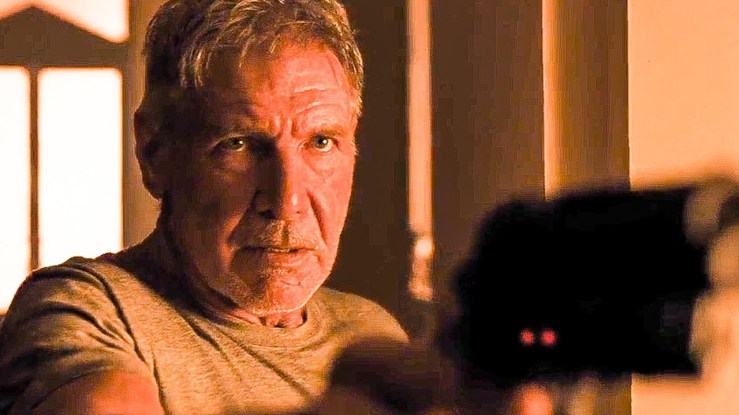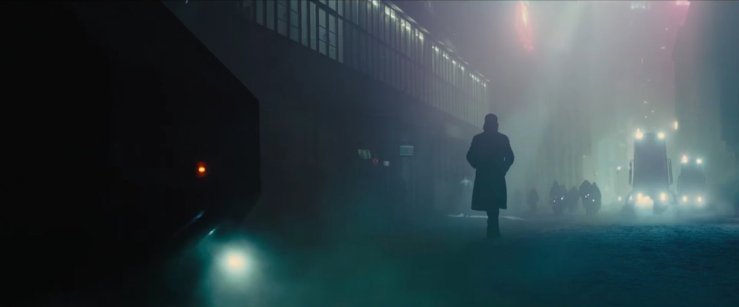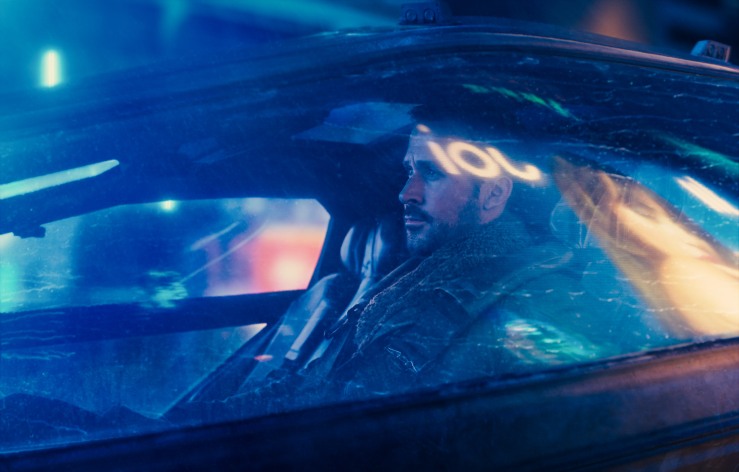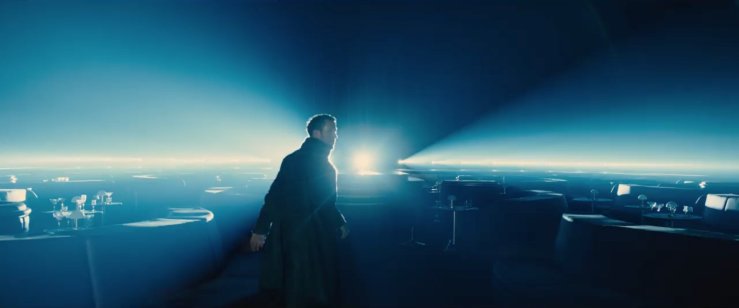
Based on the novel Do Androids Dream of Electric Sheep? by Philip K. Dick and directed by Ridley Scott (Alien, Gladiator), the 1982 sci-fi dystopian film Blade Runner starred Harrison Ford as a futuristic cop called a Blade Runner tasked with hunting down a group of Replicants, androids built like humans but with superhuman strength, but are banned from Earth. The film was a box office bomb and critical mix-up at first, but has since gained a strong cult following since its influence on such films as The Matrix (1999), Akira (1988), and Ghost in the Shell (1995), as well as the many different cuts of the film that have been released over the years (the 2007 Final Cut is the best version to-date).

Because of this, a sequel was inevitable. But instead of Scott taking the director’s chair like in his Alien prequels, the task of helming this long-awaited sequel was given to Denis Villeneuve, who himself has had a mixed bag of films ranging from okay to terrible to great. Today, I am happy to inform you that Villeneuve has found his calling in sci-fi, because the quality of Blade Runner 2049 is much closer to that of Arrival (2016) than Prisoners (2013) or Sicario (2015).

Obviously set in the year 2049, the film stars Ryan Gosling as K, a Blade Runner who is also a Replicant (not a spoiler, they say it in the first five minutes). After completing a routine job for the LAPD, K finds something that sets him on a path to find missing Blade Runner Deckard, all while trying to get himself out of a conspiracy that could spell the end of civilization as we know it.

I’ll say this right now, lower your expectations if you’re going to see this movie because of Harrison Ford because despite getting top billing next to Gosling, he’s not in the film much. In fact, he’s barely in it at all. But when he is onscreen, he’s still as rough and dry as he was in the original film. 90% of the film is owned by Ryan Gosling, and he sells every second of it, seldom losing his cool in even the toughest of firefights. Despite almost never smiling (he is a Replicant, after all), Gosling lets his face do all the acting for him, creating a character truly torn between the real and the artificial, as well as the meaning of both.

The world-building is still as strong as ever this time around. Roger Deakins’ work here reflects the style of the original while also standing out as its own work of art. The sets show a futuristic Los Angeles that is clearly the same city we saw in Blade Runner‘s vision of 2019 (from what I’m told it’s not that far off from LA in 2017), but 30 years further into the future: dark, gritty, and ravaged by natural and manmade disasters, but still populated with holographic advertisements, flying cars, and light-up umbrellas. The VFX team also did a great job bringing this technology to life, particularly with K’s holographic girlfriend Joi (Ana de Armas). But despite all these technological advancements, the story still visits the same themes as the original (definition of life, meaning of memory, real vs. artificial), while also expanding upon them and integrating them further into the story. Re-visiting a cinematic world from decades past has never been more exciting.

My only major criticism about the film is about the villains. Whereas the first film had Rutger Hauer as the elegant yet tragic Roy Batty, this one features Jared Leto as manufacturer Niander Wallace and Sylvia Hoeks as his Replicant assistant Luv. Neither of them are particularly interesting, with Wallace’s sole motivation being increased profit and Luv only obeying every order he gives her. What made Batty so interesting was that he had nothing to lose that wasn’t already destined anyway, but everything to gain should he succeed in extending his lifespan. These villains aren’t bad, they clearly have motivation and desire, but they have little to gain or lose from their efforts, and they’re not especially memorable either. But when Gosling takes up 90% of the film and carries it from start-to-finish, it’s a sacrifice worth having.

Overall, this is both a Villeneuve film and a Blade Runner film, and accomplishes both very well. I would be very excited now if they ever announced another sequel to expand upon this world, even if I have to wait until 2052 to see it.
Rating: GO


